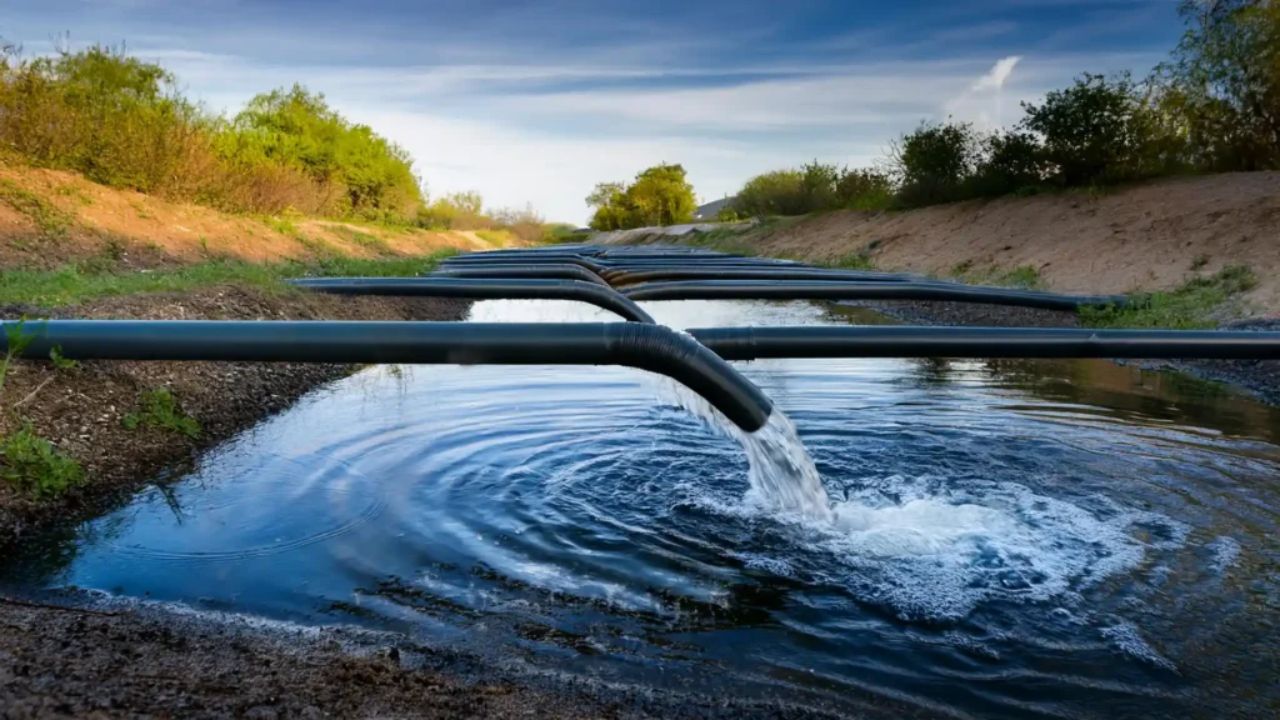Correct sizing of the pipes is a critical consideration in the efficiency, safety and cost-effectiveness of any piping system employed in industry and engineering. Poor pipe sizing in oil and gas, construction and manufacturing processes can lead to poor operations, loss of pressure and high costs of maintenance. Implementation of the pipe size and calculator, and avoidance of common errors, can significantly enhance the total system performance and life cycle.
Confusion Between Nominal and Actual Diameter
The greatest error in piping sizing occurs due to the confusion between nominal diameter (DN) and actual diameter. A standard reference number (nominal diameter) that is not directly proportional to the inside or outside diameter of the pipe. Most engineers or buyers consider that DN25 is a pipe having an internal diameter of 25mm, which is not necessarily the case. The real sizes are determined by the wall thickness of the pipe and the standard series.
To prevent this error, it is vital to use international standards (ASME, ISO, or EN) to calculate the actual pipe sizes. Realizing that DN and NPS (Nominal Pipe Size) are reference systems, not exact measurements, provides a more accurate design and compatibility between various piping components.
Ignoring Wall Thickness and Schedule Numbers
The second big problem with the sizing of pipes is the failure to consider wall thickness or schedule numbers. The thickness of the wall has a direct influence on the inner size of the pipe and its resistance to pressure. Selecting a pipe by simply looking at the outside diameter and not looking at the wall thickness could result in an under-designed system.
In the example, Schedule 40 and Schedule 80 pipes have a nominal size that is the same. But have different wall thicknesses and pressure ratings. The wrong decision can lead to the loss of flow capacity or poor safety margins. Engineers always have to calculate the wall thickness, taking into account the design pressure, temperature, and material properties as per ASME B31.3 or any other related regulations.
Ignoring the Flow Rate and Pressure Drop
One of the mistakes that is often made when designing pipes is the inability to consider the flow rate and the consequent pressure drop. An undersized pipe raises fluid velocity and results in a greater loss through friction and possible erosion of the inner wall. On the other hand, an excessively large pipe can lead to low velocity, inability to control the flow, and unnecessary expenditures on materials.
There are two factors to consider: precise calculations of the flow rate and pressure drop to balance the system and make it effective. The precise pipe flow calculator provides data on the best possible diameter of the pipe based on fluid type, viscosity, temperature, and flow velocity. An adequate balance of these parameters will help to avoid energy waste and allow the piping network to last longer.
Overlooking Thermal Expansion and Contraction
Exposed pipes subject to different temperatures swell and shrink, and this may influence the size and positioning of the system. Failure to consider the thermal expansion can result in increased stress on joints, fittings and supports, which break or leak over time. This is a serious issue with long pipelines and in high-temperature applications like steam systems or refineries.
In order to avoid these problems, the engineer should design with expansion allowances in mind and choose the right size and type of pipes, which can withstand changes in temperature. The use of expansion joints and flexible supports can compensate for thermal movement and preserve the integrity of the system.
Failing to Consider Material Differences
All materials do not share the same dimensions and performance principles. PVC, PE and FRP pipes may be of identical nominal size, but differ significantly in wall thickness, flow and pressure resistance. The mismatched size of the material used in a given application can make the operation ineffective or even unsuccessful.
Conclusion
The key to an efficient, safe and cost-efficient piping system is effective pipe sizing. Nominal diameters, the absence of wall thickness, and all-flow rate are the most likely errors that should be avoided by making accurate calculations and relying on the national standards and good engineering equipment. The attention to detail and the consistency in sizing techniques allow engineers and manufacturers to guarantee long-term performance and safety of any pipeline project. Tianjin United Steel Piping has also been focusing on the accuracy of pipe sizing and providing professional expertise and methods to clients to design systems that would have no hesitation in reaching international standards.
